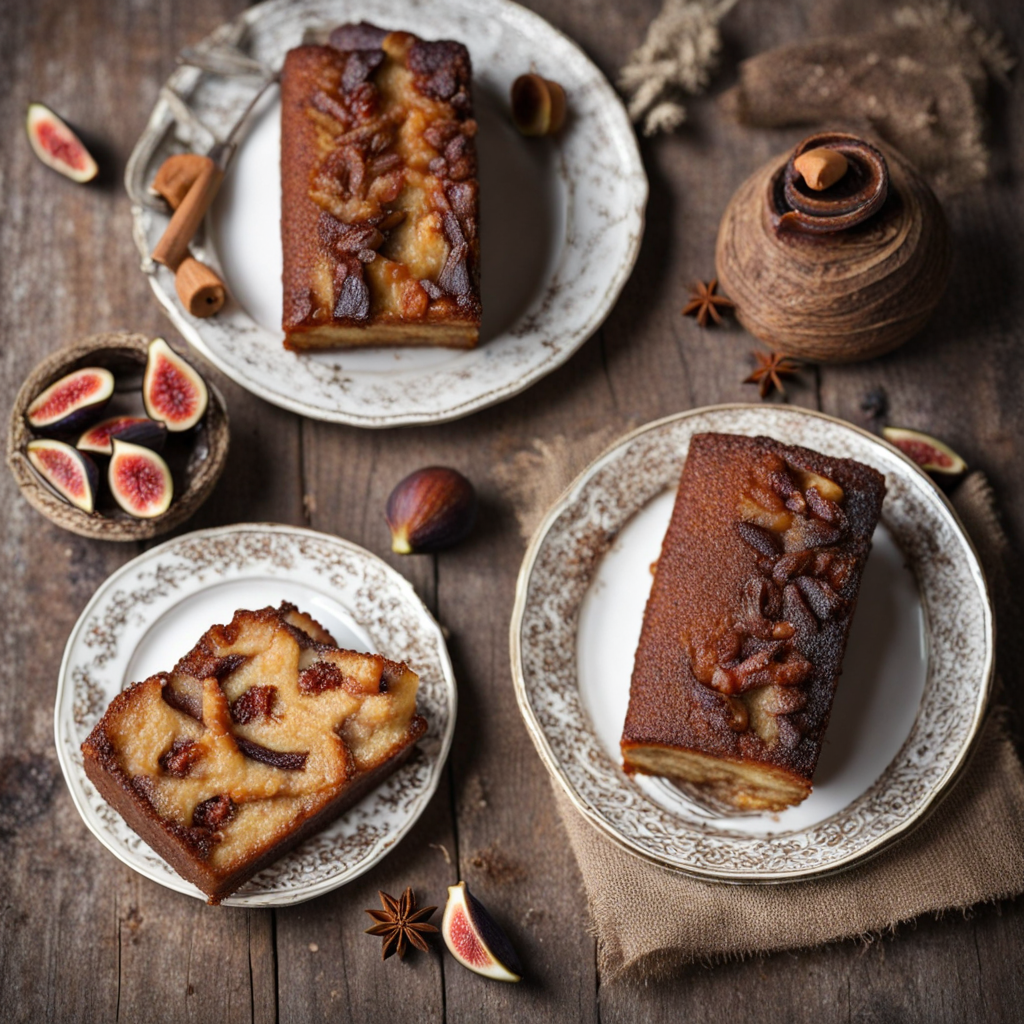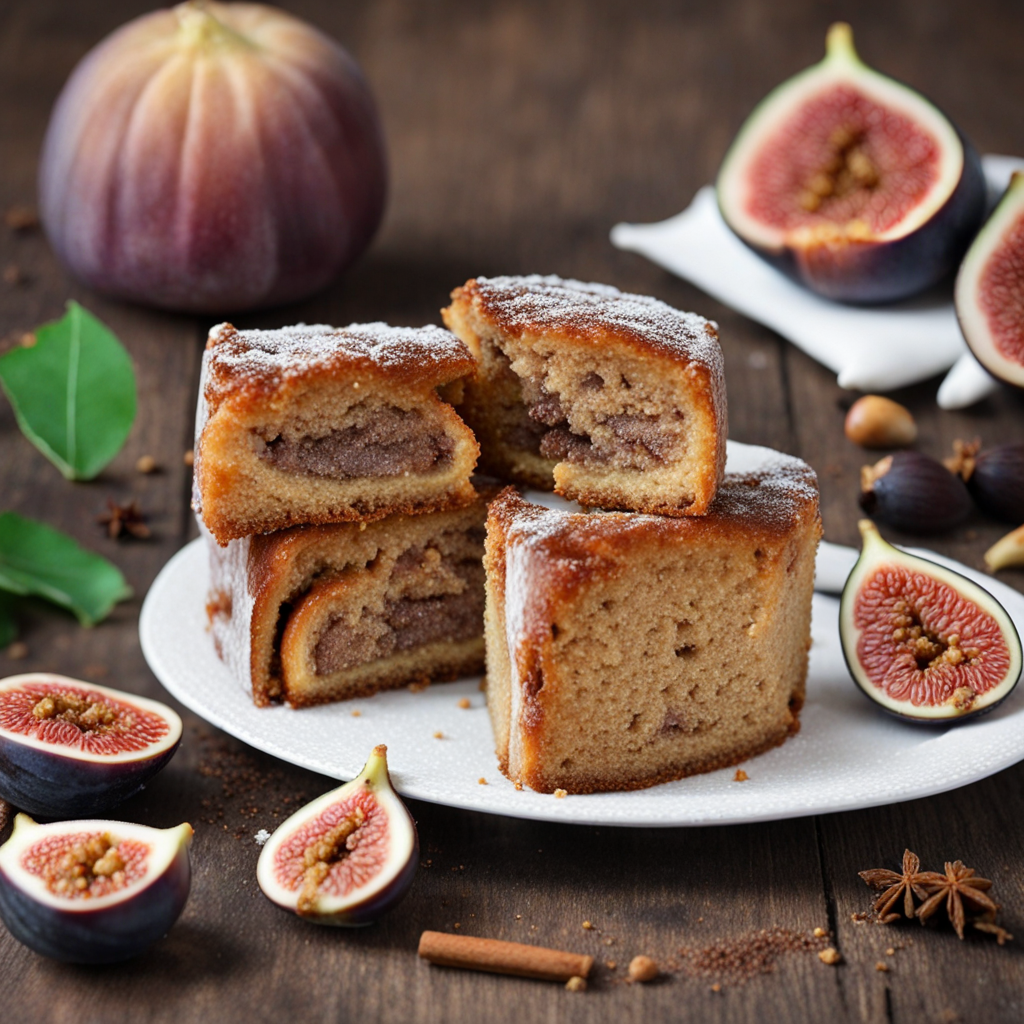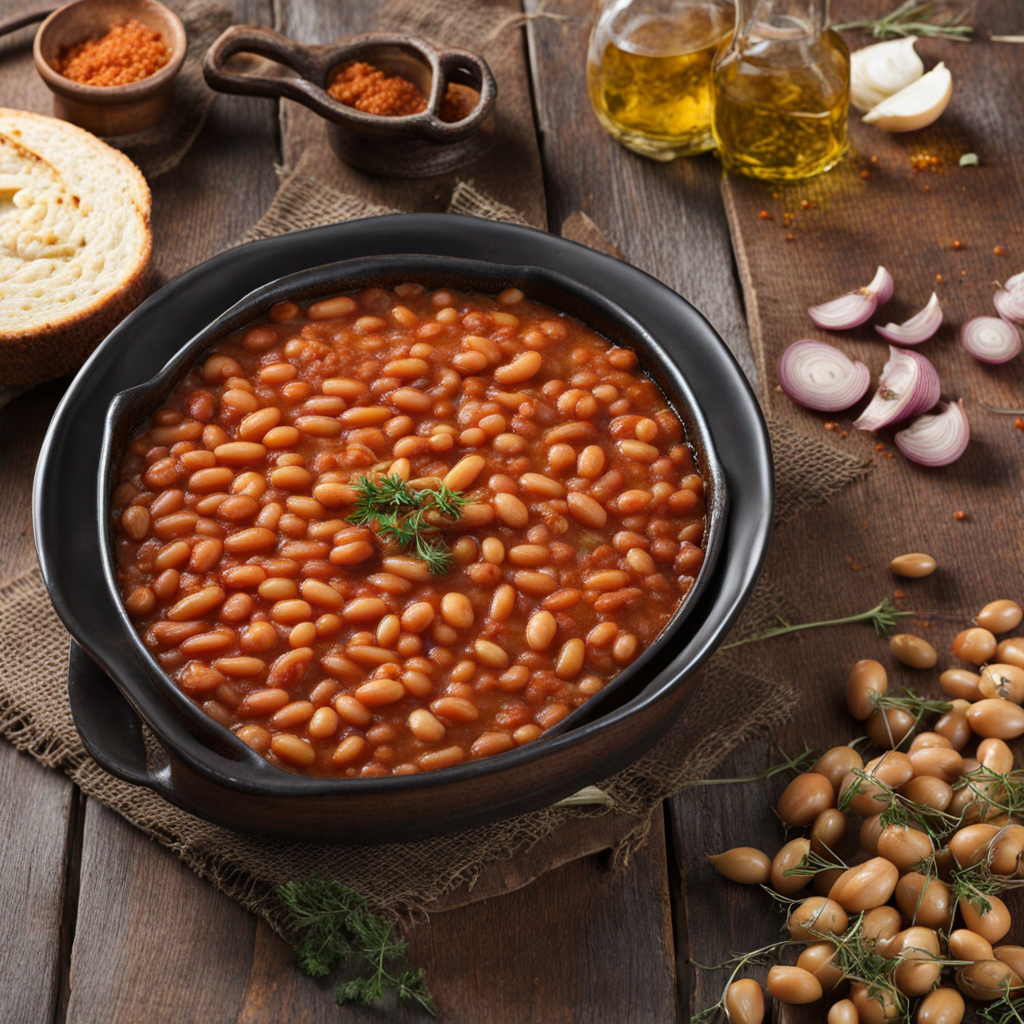Smokvara
Smokvara is a traditional dish from Bosnia and Herzegovina, celebrated for its unique blend of flavors and its deep-rooted cultural significance. This dish typically consists of dried figs that are rehydrated and stuffed with a delightful mixture of walnuts, sugar, and aromatic spices. The combination of sweet and nutty flavors creates a rich and satisfying taste profile that is both comforting and indulgent. It is often enjoyed during special occasions and gatherings, making it a comforting reminder of home and heritage for many Bosnians. The preparation of Smokvara involves a meticulous process that highlights the importance of seasonal ingredients and time-honored techniques. The figs are carefully selected and dried under the sun, allowing them to develop a concentrated sweetness that pairs beautifully with the crunchy walnuts. The filling is delicately spiced, often incorporating hints of cinnamon or cloves, which enhances the overall flavor experience. Once assembled, the stuffed figs are typically baked or stewed, allowing the flavors to meld together and create a warm, inviting treat. When you bite into Smokvara, you are greeted with a delightful contrast in textures—the soft, chewy figs enveloping the crunchy, flavorful walnut filling. The sweetness of the figs is perfectly balanced by the earthy notes of the nuts, making each bite a celebration of flavors. Often served with a drizzle of honey or a dusting of powdered sugar, Smokvara embodies the essence of Bosnian cuisine—simple yet incredibly satisfying, and a testament to the country’s rich culinary traditions.
How It Became This Dish
The Story of Смоквара: A Sweet Slice of Bosnian Heritage #### Origins of Смоквара Смоквара, a traditional dessert hailing from Bosnia and Herzegovina, is a delightful pastry that embodies the rich cultural tapestry of the region. The name itself translates to "fig cake," which is fitting given that figs are a key ingredient in this sweet treat. Its origins can be traced back to the lush landscapes of the Balkans, where figs have been cultivated for centuries. The fertile soil and temperate climate of Bosnia and Herzegovina are ideal for fig trees, making them a staple in local agriculture and cuisine. Historically, figs have held a significant place in the Mediterranean diet, and their cultivation can be dated back to ancient times. The fig tree was revered by civilizations such as the Romans and Greeks, who believed it to have divine properties. In Bosnia, figs became an integral part of the local diet and culinary practices, especially in rural areas where they were often dried and preserved for use during the winter months. #### Cultural Significance Смоквара is much more than just a dessert; it is a symbol of family, community, and tradition. Often prepared during special occasions, it is a staple at weddings, holidays, and family gatherings. The process of making смоквара is typically a communal activity, with families coming together to prepare the ingredients and bake the dessert. This practice fosters a sense of togetherness and strengthens familial bonds, as recipes are handed down from generation to generation. In Bosnian culture, food plays a pivotal role in social interactions, and смоквара is no exception. Sharing this sweet delicacy is often seen as an expression of hospitality and generosity. When guests arrive, offering them a piece of смоквара is a gesture of respect and warmth. Its presence on the table is not merely for sustenance but serves as a bridge between the past and present, connecting the generations through shared culinary experiences. The traditional preparation of смоквара often involves using locally sourced ingredients, with figs, nuts, and honey being the stars of the show. The figs are usually dried and chopped, then combined with walnuts or other nuts, and sweetened with honey or sugar before being wrapped in a thin layer of dough. This method of preparation reflects the resourcefulness of the Bosnian people, who have historically made the most of what their land provides. #### Evolution of the Recipe As with many traditional dishes, the recipe for смоквара has evolved over time. While the basic ingredients have remained consistent, variations have emerged that reflect regional tastes and available resources. In some areas, for instance, the dough may be enriched with yogurt or sour cream, lending a unique tanginess to the final product. Others may incorporate spices such as cinnamon or nutmeg, adding warmth and depth to the flavor profile. The 20th century brought significant changes to the culinary landscape of Bosnia and Herzegovina. Political upheaval and economic challenges led to shifts in agricultural practices and food production. Despite these challenges, traditional recipes like смоквара persisted. They became a form of culinary resistance, a way for families to maintain their heritage and identity in the face of adversity. In the post-war era of the 1990s, as Bosnia and Herzegovina began to rebuild, cultural identity and tradition took on renewed importance. The resurgence of interest in local cuisine, including смоквара, was part of a broader movement to celebrate and preserve Bosnian heritage. Cookbooks were published, and local chefs began to experiment with traditional recipes, infusing them with modern techniques while honoring their roots. #### The Modern Scene Today, смоквара enjoys a renaissance as both a beloved home-baked treat and a featured item in restaurants and cafes across Bosnia and Herzegovina. Chefs are finding innovative ways to present this classic dish, incorporating contemporary flavors and aesthetics while remaining true to its traditional essence. This evolution is seen in variations such as chocolate-covered смоквара or those topped with a layer of cream cheese frosting, offering a fresh take on a beloved classic. The globalization of food culture has also introduced смоквара to international audiences. Food festivals and cultural events often showcase this delightful pastry, allowing people from different backgrounds to experience the flavors of Bosnia and Herzegovina. Social media has further amplified this exposure, with countless food bloggers and influencers sharing recipes and showcasing the beauty and craftsmanship involved in making смоквара. Local markets have begun to feature artisanal versions of смоквара, crafted with care by small-scale bakers who prioritize quality ingredients and traditional methods. This movement not only supports local economies but also emphasizes the importance of sustainability and the preservation of culinary heritage. Consumers are increasingly interested in authentic, handcrafted foods that tell a story, and смоквара fits this narrative perfectly. #### Conclusion: A Culinary Legacy The story of смоквара is emblematic of the broader narrative of Bosnia and Herzegovina—a country rich in history, culture, and resilience. This sweet treat, with its simple yet profound ingredients, reflects the agricultural bounty of the region and the communal spirit of its people. As families come together to create this dessert, they are not just baking; they are weaving the fabric of their cultural identity. In a world that often seems increasingly disconnected, смоквара serves as a reminder of the importance of tradition, family, and the shared joy of food. It is a celebration of the past and a promise for the future, ensuring that the sweetness of Bosnian heritage continues to be tasted and cherished for generations to come. Through every slice of смоквара, we are invited to partake in a rich history, a communal spirit, and a delicious legacy that transcends time and place.
You may like
Discover local flavors from Bosnia And Herzegovina







